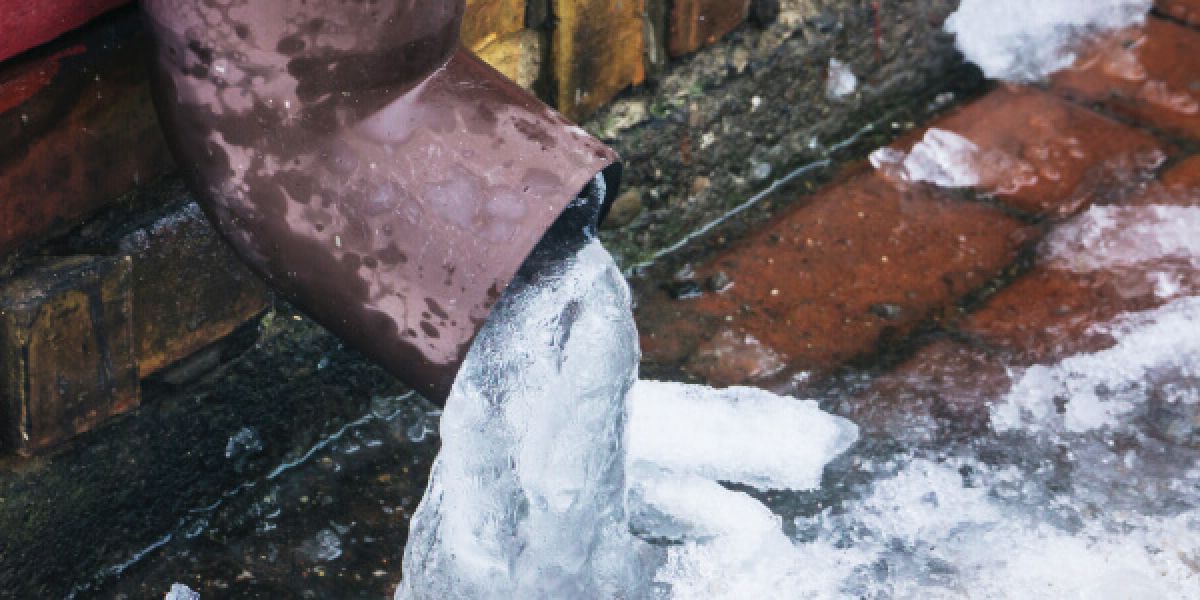Crucial Tips for Preventing Frozen Plumbing in Winter Conditions
Crucial Tips for Preventing Frozen Plumbing in Winter Conditions
Blog Article
Are you currently trying to locate additional info on Winter Plumbing Precautions: Preventing Frozen Pipes?

Cold weather can ruin your pipes, particularly by freezing pipelines. Right here's how to stop it from taking place and what to do if it does.
Introduction
As temperature levels decrease, the threat of frozen pipelines boosts, possibly leading to pricey repairs and water damage. Recognizing exactly how to avoid icy pipes is critical for property owners in cold environments.
Comprehending Frozen Pipelines
What causes pipes to ice up?
Pipes ice up when exposed to temperatures listed below 32 ° F (0 ° C) for expanded durations. As water inside the pipelines ices up, it increases, taxing the pipeline walls and potentially triggering them to rupture.
Risks and problems
Icy pipelines can bring about water supply disturbances, residential or commercial property damage, and pricey fixings. Ruptured pipelines can flooding homes and cause extensive architectural damage.
Indicators of Frozen Water Lines
Identifying icy pipelines early can avoid them from breaking.
Exactly how to recognize frozen pipelines
Look for lowered water circulation from faucets, unusual smells or noises from pipes, and visible frost on revealed pipes.
Prevention Tips
Protecting prone pipes
Wrap pipes in insulation sleeves or utilize warmth tape to secure them from freezing temperatures. Focus on pipes in unheated or external areas of the home.
Home heating techniques
Maintain indoor areas sufficiently warmed, especially areas with plumbing. Open up closet doors to enable warm air to flow around pipes under sinks.
Securing Exterior Pipes
Garden hose pipes and outdoor faucets
Separate and drain garden tubes prior to winter. Mount frost-proof spigots or cover outdoor taps with insulated caps.
What to Do If Your Pipelines Freeze
Immediate actions to take
If you believe frozen pipelines, keep faucets open to soothe pressure as the ice thaws. Make use of a hairdryer or towels soaked in hot water to thaw pipelines slowly.
Long-Term Solutions
Structural modifications
Consider rerouting pipes away from exterior walls or unheated locations. Include added insulation to attic rooms, basements, and crawl spaces.
Upgrading insulation
Invest in premium insulation for pipes, attic rooms, and wall surfaces. Appropriate insulation assists preserve constant temperature levels and minimizes the danger of icy pipes.
Verdict
Preventing icy pipes requires proactive actions and fast reactions. By comprehending the reasons, indicators, and safety nets, house owners can safeguard their pipes throughout winter.
5 Ways to Prevent Frozen Pipes
Drain Outdoor Faucets and Disconnect Hoses
First, close the shut-off valve that controls the flow of water in the pipe to your outdoor faucet. Then, head outside to disconnect and drain your hose and open the outdoor faucet to allow the water to completely drain out of the line. Turn off the faucet when done. Finally, head back to the shut-off valve and drain the remaining water inside the pipe into a bucket or container. Additionally, if you have a home irrigation system, you should consider hiring an expert to clear the system of water each year.
Insulate Pipes
One of the best and most cost-effective methods for preventing frozen water pipes is to wrap your pipes with insulation. This is especially important for areas in your home that aren’t exposed to heat, such as an attic. We suggest using foam sleeves, which can typically be found at your local hardware store.
Keep Heat Running at 65
Your pipes are located inside your walls, and the temperature there is much colder than the rest of the house. To prevent your pipes from freezing, The Insurance Information Institute suggests that you keep your home heated to at least 65 degrees, even when traveling. You may want to invest in smart devices that can keep an eye on the temperature in your home while you’re away.
Leave Water Dripping
Moving water — even a small trickle — can prevent ice from forming inside your pipes. When freezing temps are imminent, start a drip of water from all faucets that serve exposed pipes. Leaving a few faucets running will also help relieve pressure inside the pipes and help prevent a rupture if the water inside freezes.
Open Cupboard Doors
Warm your kitchen and bathroom pipes by opening cupboards and vanities. You should also leave your interior doors ajar to help warm air circulate evenly throughout your home.

I'm just very eager about Prevent Frozen Pipes and I am assuming you appreciated the new blog post. Are you aware of another individual who is curious about How to Prevent Your Pipes From Freezing? Be sure promote it. Thanks for being here. Please pay a visit to our blog back soon.
Hire A Pro Report this page